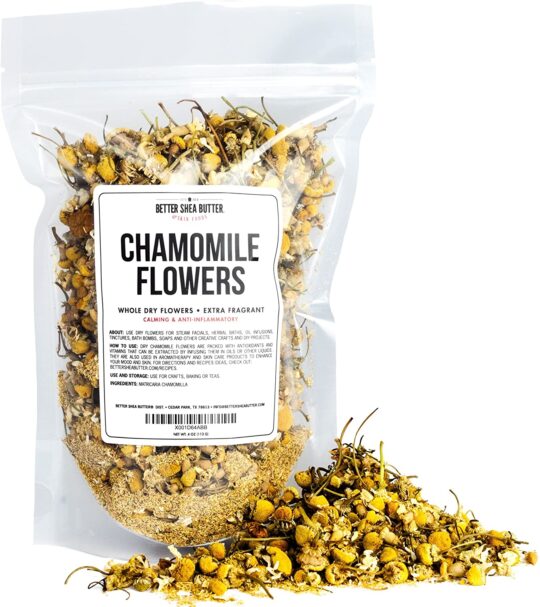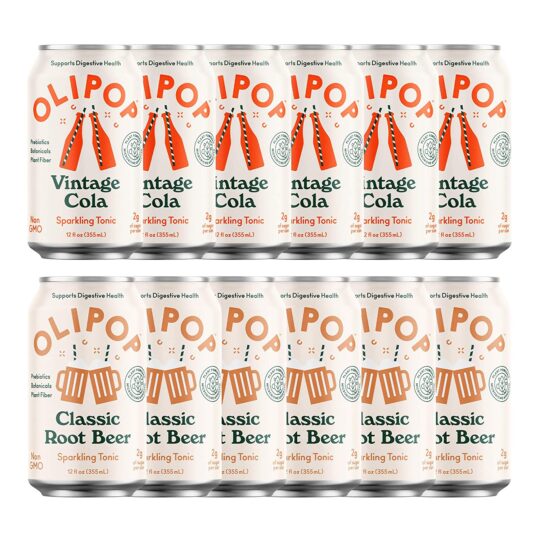Flowers are always a good option, great to have in your surroundings for the fresh smell and the feeling they introduce into the environment. As soon as you purchase a bouquet or get them as a gift, it’s normal to want them to survive for as long as possible, so you’ll want to care for them in the best way possible.
One way to care for cut flowers and extend their survival duration is to feed them with flower food. Flower food provides freshly cut flowers with the nutrients needed for their continued existence, as well as the disinfectant capacity to get rid of unsanitary germs.
But if the flower feeding package was not included with your blooms, what’s your next step? Well, there’s no need to fret, as there are available substitutes to use in its place. You can also produce your homemade flower food with common household items.
This article will teach you ways to substitute flower food in its absence. We’ll also teach you a few tips to help prolong the longevity of your cut flowers and keep your space beautifully floral.
What is flower food?
Citric acid, sugar, and bleach are the three major ingredients in flower food. Flower food packets are typically created to assist flowers in lasting longer and retaining their freshness. As such, each component is supposed to possess qualities that help flowers last longer than they would when using just water.
The citric acid component of flower food lowers the pH of the water, making it more conducive to the growth of freshly cut flowers. Flowers produce and consume sugar as part of the photosynthetic process, and as a result of being cut, they will no longer be capable of manufacturing sugar. The sugar in the water tricks the flowers into thinking they’re still eating, which keeps them bouncy.
Finally, the bleach component of the flower food packet disinfects the water and aids in the removal of possibly hazardous germs that could shorten the flower’s lifespan. All three ingredients in the flower food packets play important roles in prolonging the lifespan of fresh flowers and are thus important in flower care.
Uses of flower food for flowers
The major role of flower food is simply to preserve and protect freshly cut flowers, enabling them to last longer than they normally would if you were using just water to take care of them.
Citric acid contained in flower food helps reduce the pH of the water, the sugar content helps provide sustenance to the flowers, and the bleach helps get rid of unsanitary germs.
Altogether, the ingredients in a flower food packet are necessary to create a conducive environment for the flower’s continued existence. Some flower types that make use of flower food include the following:
- Aster
- California Poppy
- Daisies
- Chrysanthemum.
- Daffodil
- Black-Eyed Susan
- Azalea
- Alstroemerias
- Calla Lilies
- Geranium
- Crocus
- Dahlias
- Delphinium
- Iris
- Gardenias
Substitute for flower food
Flowers are deprived of the mother plant’s water, food, and growth hormones during the pre-harvest period once they are cut. As a result, there is a need to put flower food in the vase water to allow the cut flower to bloom naturally while maintaining its form, flower color, perfume, and foliage color.
If there is no flower food, try using the following substitute:
DIY flower food

Typically, 1 gallon of water + 4 teaspoons of bleach + 4 teaspoons of vinegar + 4 tablespoons sugar makes up the industrial formula for flower food. However, you can easily make a DIY version of this industrial kind at home. Simply use 1 quart of water, one tablespoon of sugar, one teaspoon of bleach, and one teaspoon of vinegar to make your flower food.
In essence, freshly cut flowers benefit the most from flower food. The flowers continue to benefit from this DIY diet as they age, and the bleach component helps eliminate bacteria as it accumulates in the vase. This way, the flowers get to stay fresh for as long as possible.
Sugary soda drinks

Some people use Sprite or other clear beverages as sugary flower food, but a little bleach is still advised. Introduce the bleach in the same proportions indicated for the DIY flower food.
Also, if you’re replacing sugar with soda, use one part clear soda to three parts water. If you adopt this substitution method, make sure you don’t use diet soda and choose a clear soda variant, such as Sprite. This substitute option also does not work with colas or ginger ale, so take note of this.
Frequently asked questions (FAQs)
Can flowers survive without flower food?
Flowers begin to wilt as soon as they are cut. While submerging them in water will help them stay hydrated, they, like humans, still require nourishment. Flower food contains three vital components that help retain blooms: An acidifier that lowers the pH of the water, sugar for nutrients, and bleach to get rid of unsanitary germs.
Does aspirin help flowers stay alive?
It’s unclear whether aspirin (acetylsalicylic acid) can effectively decrease the pH of the water and thus lengthen the life of freshly cut flowers. Some studies have indicated that using ground-up aspirin has a favorable effect, whereas others have not. The cold temperature in a refrigerator can also slow the flower’s aging.
Is vodka good for plants?
Vodka can also be used as a floral preservative by interfering with the ripening phase of the plant, but it is less practical. However, while water and sugar keep the flowers fresh, they also promote bacterial growth, which is harmful to the flowers.
Conclusion
Almost no one will ever tell you to forego flowers, no matter the space in question. Not only do flowers look nice and brighten up a room, but they’ve also been scientifically shown to help with stress relief. The goal is to make them survive as long as possible, hence flower food.
When you can’t find any flower food to sustain your freshly cut flowers with, simply follow the suggestions we’ve outlined for you in this article. You’ll be able to sufficiently replace flower food and, as a result, have your flowers around for as long as possible.